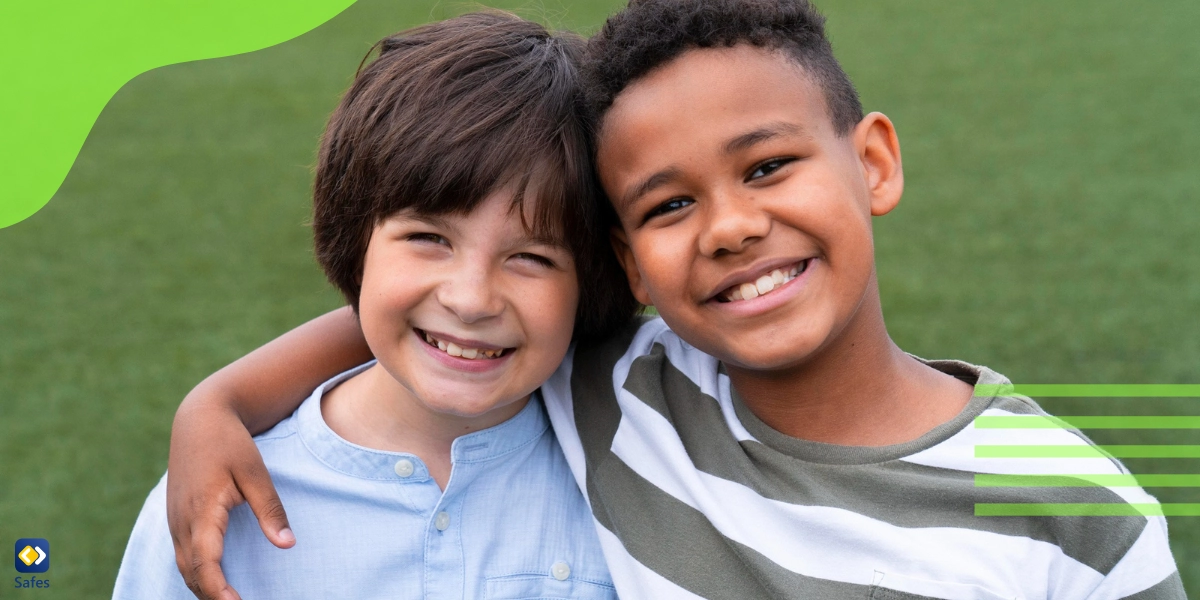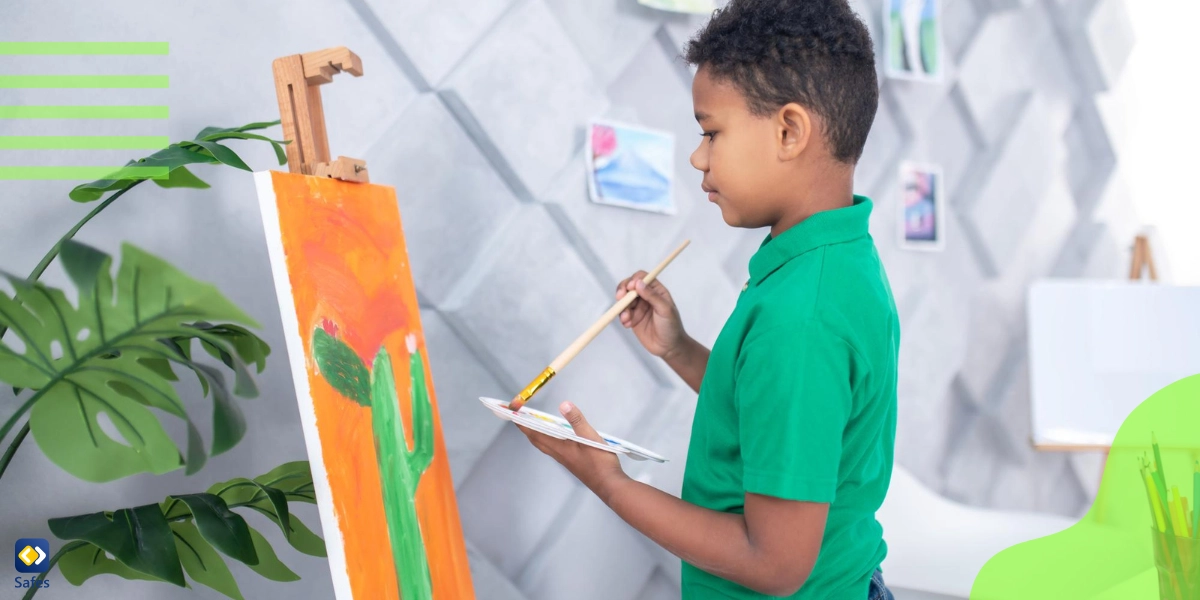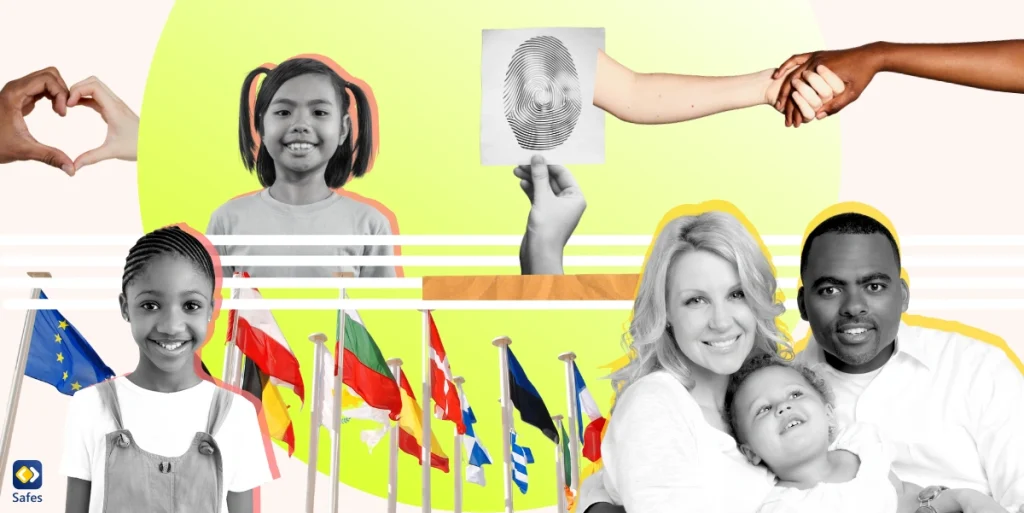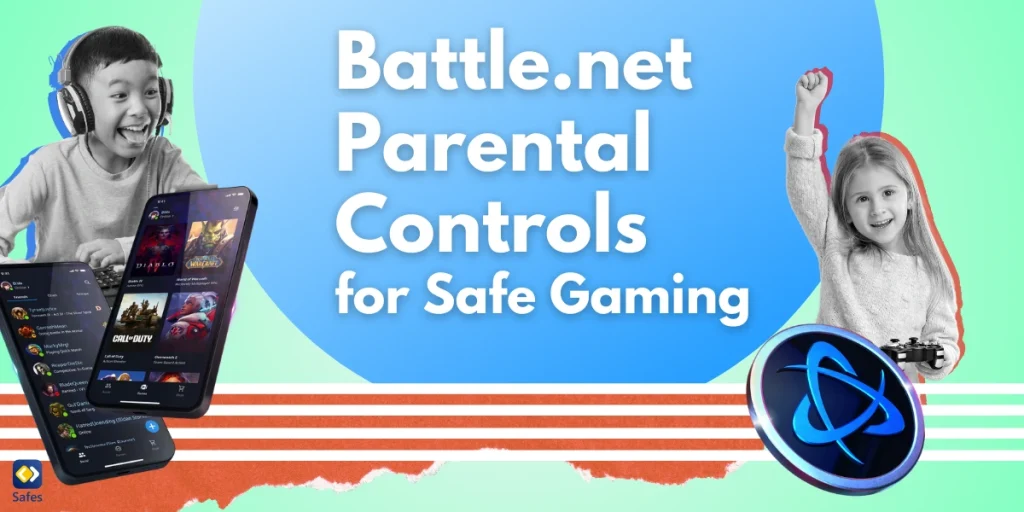Now that people from all around the world are connected thanks to technological advancements, relationships between two people from different races are on the rise. This has caused an increase in the procreation of biracial children. A sense of belonging is a key concept when it comes to biracial upbringing, as the diversity that children with two racial backgrounds have to deal with can make them embody some sort of complexity. The parental role is of utmost importance in resolving this duality. That’s why, in this blog post, we’ll discuss biracial identity issues in children and ways to overcome them with parents.
The Complexity of Biracial Identity
A biracial child is a child who is born and raised in a family where parents come from two different races. Identity is not inherently a complex concept: It is not static, but fluid. A person usually identifies with various things in their life, such as nationality, family culture, or even their neighborhood. Therefore, a child’s identity is multidimensional and evolves over time. But when a child’s primary caregivers come from two different cultures, it can cause confusion and biracial identity crisis.

Understanding the Challenges
While some biracial children might feel comfortable with their identity and connected to both their heritages, others may feel caught between two worlds and have trouble finding their place. The two main challenges related to growing up in a biracial household are emotional challenges and stereotypes.
Emotional Challenges
The emotional toll of being biracial can be profound. Children with this problem may lack a sense of belonging and constantly look for something that could define who they are. Always being on a quest to find out who they are can distract them from focusing on their self-development and affect their self-esteem.
These emotional challenges can be even more serious. An interesting article shows that biracial individuals whose races are considered meaningless or fluid by society have a higher rate of depression and anxiety. This, nevertheless, doesn’t apply to all biracial people: a validated biracial identity may even serve as a protective factor for anxiety and depression.
Societal Stereotypes
Unfortunately, racial stereotypes are abundant in society. Mixed-race people may be the target of bias and discrimination since they have different origins. This issue can get even more serious among children, because it’s harder for them to comprehend the reason behind prejudice. On the other hand, children are more likely to blindly imitate what adults have to say about other races. Therefore, they can easily engage in bullying or cyberbullying, which leaves a lasting impact on the victim. Acknowledging these challenges is crucial, as it paves the way for addressing them effectively.
The Role of Parental Guidance
Parents have a key role in helping their children’s biracial identity development. Values are built at home. A family that appreciates its heritage will raise children who will not be ashamed of their biracial identity. Open communication and maintaining a supportive environment can be beneficial in helping children get a sense of their mixed identity. Let them share their concerns with you and try to learn enough from your background so that you can answer their questions.
If you’re reading this blog, it probably means that you have a child. We know that a common parents’ concern today is their children’s safety on the internet. You might be worried about the amount of time they’re spending on social media, or that they might encounter inappropriate content or a child predator. You can relax, because Safes can shield your children from online dangers by letting you set limits and monitor their activities! It’s a parental control app that you can download and use on all devices, whether you use iOS, Android, or Windows. Give Safes a try today!
Teaching Cultural Awareness
Children need to learn that their cultural background is nothing to be ashamed of. It makes us unique, and that’s a beautiful thing. If you celebrate your culture in the family, your child will learn to be confident about who they are outside. You can do that by celebrating cultural events, visiting your homeland, and telling interesting tales to your children. Plus, you can educate them on cultural awareness and diversity with the help of books, movies, and resources that celebrate diverse cultures. Here are three books that you can read with your child to foster tolerance:
- All People Are Beautiful by Vincent Kelly
- Our Diversity Makes Us Stronger by Elizabeth Cole
- Where Are You From? by Yamile Saied Méndez
Navigating School and Social Life
Going to school can be a challenge for children with biracial identity issues. Children are curious creatures, and they might constantly ask questions about each other’s identities and create instances of discrimination. If your child isn’t confident enough about their background, these questions can end up frustrating them. To avoid this problem, parents need to equip their children with the knowledge to answer these questions with confidence.
As a parent, you need to make sure to be involved in your child’s social life. A lot of these issues manifest themselves in children’s online interactions. So, don’t hesitate to monitor their activities on social media, but also don’t think that it means they should have no privacy. Additionally, create a safe environment where they feel they can trust you enough to share any concerns or problems.

Encouraging Self-Exploration
In addition to informing children about their heritage, parents should also encourage them to explore their true selves by taking a look at themselves. The truth is that each person is unique, and that people are not necessarily defined by their looks or cultural background. Provide opportunities for self-expression and empower them to define themselves based on their preferences and not society’s pressures.
Sometimes, being among the people who share the same origins can help children understand where they come from and realize that it has nothing to be ashamed of. Many meaningful relationships are formed in these groups that will help them feel understood and seek support.
Conclusion
Biracial identity is a journey that requires active engagement from both children and parents. By embracing the complexity of identity, acknowledging challenges, and fostering open communication, parents can provide invaluable support to their biracial children. In this ever-evolving world, our commitment to understanding, empathy, and proactive engagement can make all the difference in the lives of biracial children as they embrace and celebrate their unique identity.




